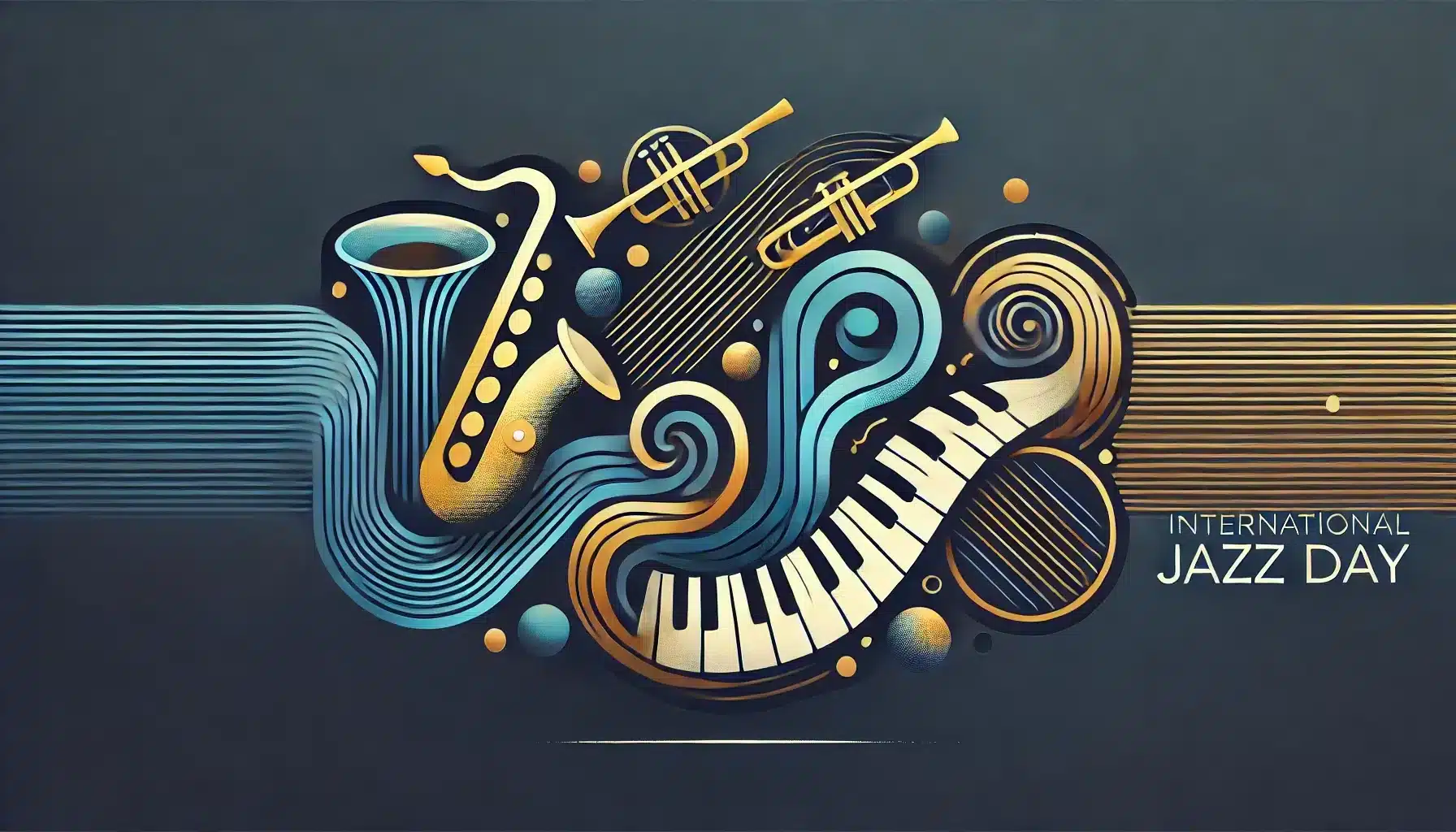What is International Jazz Day?
International Jazz Day is celebrated every year on April 30th in countries around the world. This day honors jazz music as a symbol of creativity, freedom, and connection. It highlights the role jazz has played in bringing people together across different cultures. From its roots in New Orleans to its influence worldwide, jazz is a genre that speaks to the soul. On this day, people celebrate by listening to jazz, attending live performances, and exploring the history of this transformative music.
History and Origin
The idea for International Jazz Day came from jazz musician Herbie Hancock. In 2011, UNESCO declared April 30th a day to celebrate jazz and its ability to promote dialogue and peace. The first celebration was held in 2012, with events in Paris, New York, and New Orleans. Since then, the day has grown into a global event marked by over 190 countries. Every year, a different city hosts the main event, highlighting jazz’s global reach.
Jazz itself began in New Orleans in the early 1900s, combining African American traditions with European influences. It grew into a worldwide movement, inspiring countless artists and genres. International Jazz Day honors this history while celebrating the power of jazz to unite people.
Who Celebrates International Jazz Day?
Musicians and performers celebrate by sharing their music with audiences. Fans of jazz use the day to revisit their favorite albums or discover new artists. Schools and universities organize workshops and discussions about jazz’s role in culture and history. Cultural organizations host live events and jam sessions to bring people together. Even those new to jazz can join the celebration by experiencing this music for the first time.
Themes and Slogans
International Jazz Day focuses on the values of creativity, freedom, and unity. Jazz is a music of improvisation and collaboration, making it a perfect symbol of how people can come together. It also celebrates diversity, showing how different cultural influences have shaped the genre. The day reminds us that jazz is not just music;it is a way to connect with others.
Colors, Symbols, and Patterns
Deep blues and golds are often used to represent jazz’s elegance and emotional depth. Black and white are also common, reflecting its roots and timeless appeal. Symbols like the saxophone or musical notes are often associated with this day. Flowing and dynamic patterns mirror the improvisation and energy found in jazz performances.
How to Celebrate International Jazz Day
- Listen to jazz music, from old classics to contemporary artists.
- Attend a concert or watch a performance online.
- Host a gathering with friends to share your favorite jazz tracks.
- Read about the history of jazz and its cultural significance.
- Share your love for jazz on social media.
Most Used Hashtags
- #InternationalJazzDay
- #JazzDay
- #JazzMusic
- #JazzLovers
- #CelebrateJazz
Why is International Jazz Day Important?
International Jazz Day is important because it celebrates more than music. It highlights jazz’s role in promoting peace, unity, and creativity. Jazz grew out of struggles and triumphs, and it continues to inspire people today. The day reminds us of the power of music to break barriers and bring people closer together. By celebrating jazz, we also celebrate its rich history and its message of hope.
Features
- Arts Literature and Music
